
Introduction
Social media has changed how people find and buy products. Instead of just looking at ads, people follow influencers to see what they recommend. A beauty blogger might talk about skincare, or a tech expert might review the latest phone. Influencers help people decide what to buy.
If you are a marketer, you need to know how influencers affect buying decisions. This blog explains why influencers matter, the types of influencers, and how they influence people. You will also learn simple tips to use influencer marketing effectively.
How Influencers Affect Consumer Behavior
1. Trust and Credibility
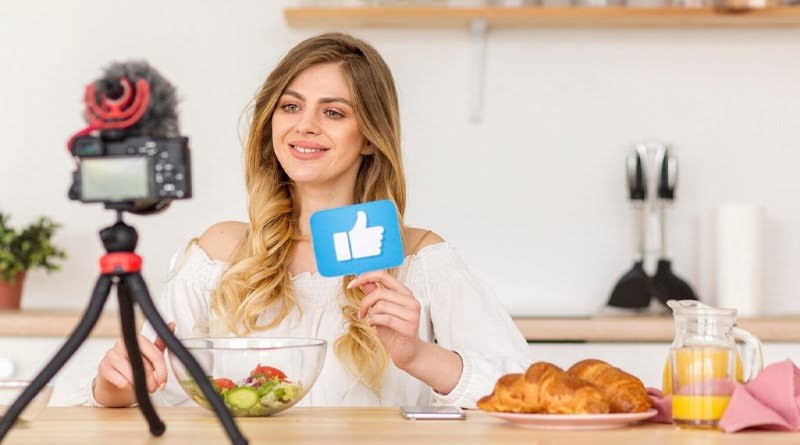
People trust influencers because they seem real. When an influencer recommends a product, it feels like advice from a friend, not an ad. This makes people more likely to try the product.
2. Social Proof and FOMO (Fear of Missing Out)
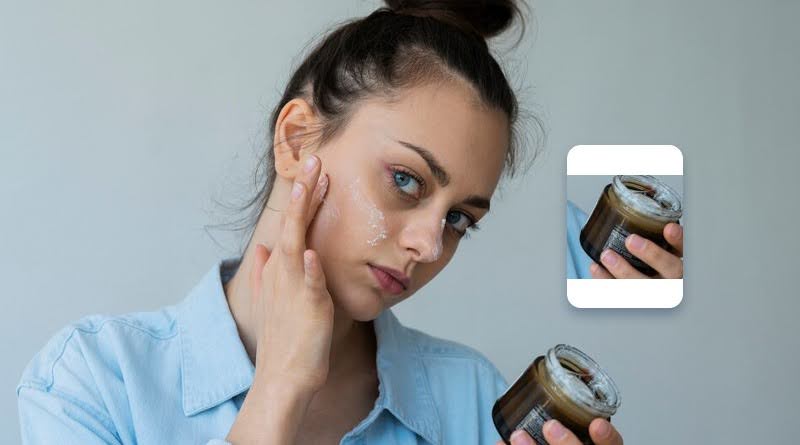
If an influencer uses a product, people think it must be good. Seeing others use a product makes people want to try it too.
3. Personal Connection

Unlike celebrities, influencers talk to their followers often. Their followers feel connected to them, so their recommendations have more impact.
4. Psychological Influence

- Authority: People see influencers as experts and trust their advice.
- Reciprocity: When influencers share useful content, followers want to support them by buying what they recommend.
- Herd Mentality: If many people follow an influencer’s advice, others do the same.
Types of Influencers and Their Impact
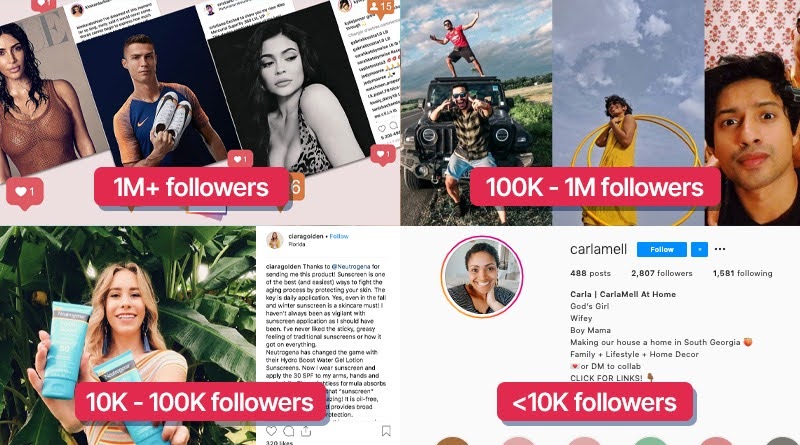
1. Mega-Influencers (1M+ followers)
- Reach millions of people.
- Expensive but good for brand awareness.
2. Macro-Influencers (100K – 1M followers)
- Good mix of reach and engagement.
- Best for brands targeting specific groups.
3. Micro-Influencers (10K – 100K followers)
- High engagement with their audience.
- Great for brands that want trust and authenticity.
4. Nano-Influencers (<10K followers)
- Strong personal connections with followers.
- Affordable for small brands.
How Influencers Affect Buying Decisions
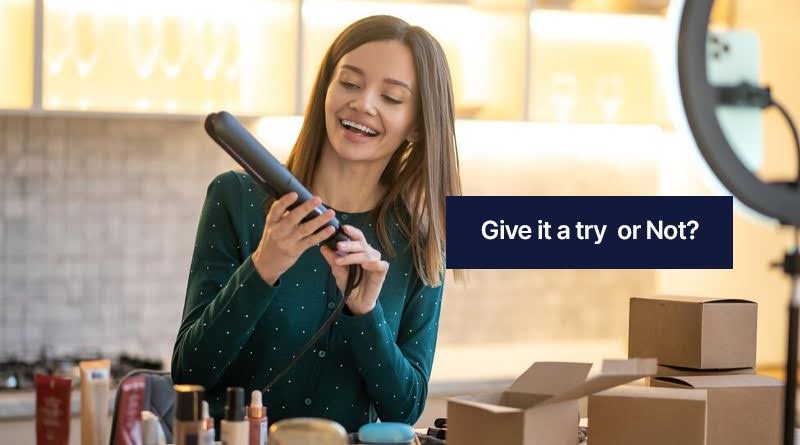
1. Awareness Stage
- Influencers introduce brands through posts, reviews, and collaborations.
2. Consideration Stage
- People watch influencer reviews before buying.
3. Purchase Decision
- Discounts, recommendations, and limited-time offers encourage buying.
4. After Purchase
- Unboxing videos and testimonials make customers feel good about their purchase.
- Happy customers share their experiences, helping promote the brand further.
Best Platforms for Influencer Marketing
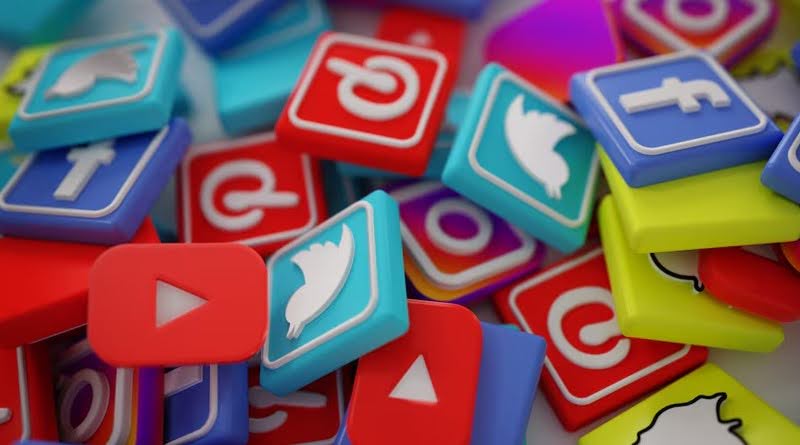
1. Instagram & TikTok
- Short videos and reels get high engagement.
- Best for fashion, beauty, lifestyle, and fitness brands.
2. YouTube
- Detailed product reviews help customers make better decisions.
- Best for tech, education, and long-form content.
3. LinkedIn
- Works well for B2B marketing and professional branding.
4. Twitter/X
- Real-time conversations help build brand engagement.
5. Facebook & Pinterest
- Facebook groups create brand communities.
- Pinterest helps people discover new products.
Measuring Influencer Marketing Success
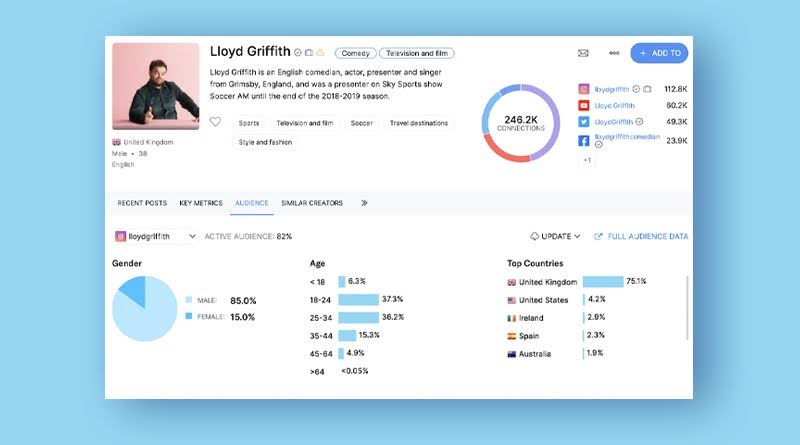
1. Engagement Metrics
- Likes, comments, shares, and saves show audience interest.
2. Conversion Metrics
- Click-through rates, affiliate links, and sales data measure success.
3. Brand Sentiment
- Check online conversations to see how people feel about the brand.
4. Learning from Past Campaigns
- Studying previous influencer campaigns helps improve future strategies.
How to Use Influencer Marketing Effectively
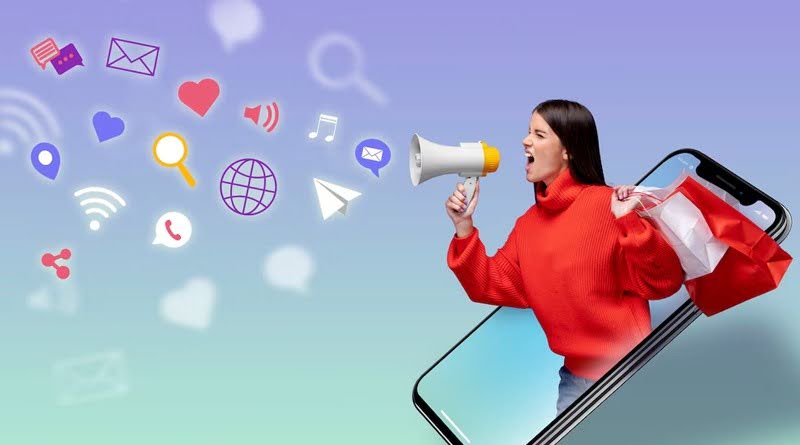
1. Choosing the Right Influencer
- Use research tools to find influencers that match your brand.
- Make sure their audience fits your target market.
2. Working with Influencers
- Set clear goals, timelines, and budgets.
- Micro and nano-influencers are affordable and get better engagement.
3. Creating Authentic Content
- Let influencers share their honest opinions while promoting your brand.
4. Following Advertising Rules
- Make sure influencers mention if content is sponsored to keep things honest.
Challenges and Future Trends

1. Fake Followers & Engagement Fraud
- Use tools to check if an influencer’s audience is real.
2. Rise of AI Influencers
- AI-generated influencers are becoming popular in marketing.
3. Long-Term vs. One-Time Collaborations
- Ongoing partnerships with influencers build stronger trust.
4. Changing Social Media Algorithms
- Brands need to keep up with platform updates and trends.
Conclusion
Social media influencers play a big role in how people find and buy products. For marketers, success comes from choosing the right influencers, tracking results, and keeping campaigns real and honest.
If you want to use influencers for your brand, start small, test different strategies, and see what works best. When done right, influencer marketing can help grow your brand and connect with customers.

